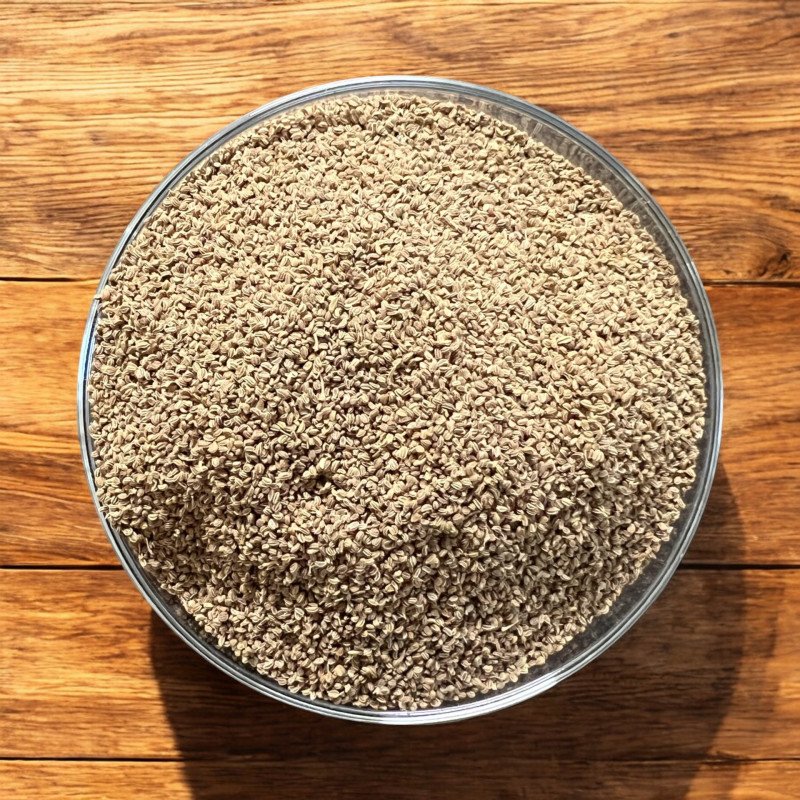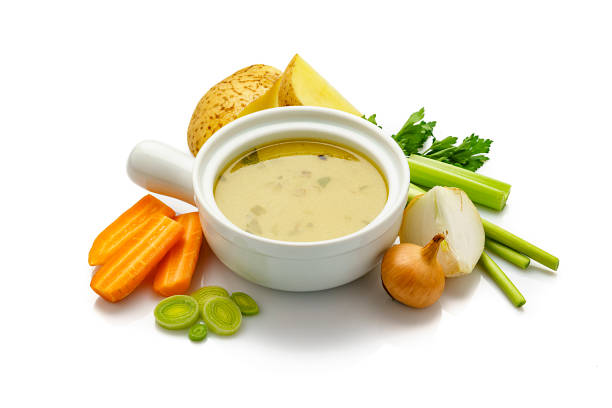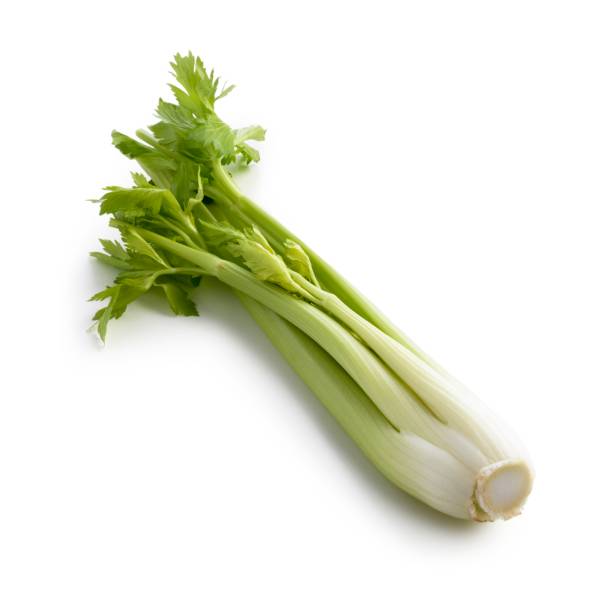
Reference: 10N7726601


These tiny seeds will infuse your dishes with an explosion of flavor in every bite!
They are perfect for enhancing the taste of vegetables and vegetable juices, salads, stews, sauces, and soups.
 Delivery
Delivery
Mondial Relay
 Returns
Returns
See conditions
 Payments
Payments
100% secure
Delivered in a resealable pouch
 These celery seeds are tiny, barely 1mm in diameter, yet their flavor is bold and highly aromatic.
These celery seeds are tiny, barely 1mm in diameter, yet their flavor is bold and highly aromatic.
They are perfect for enhancing soups (popular in Russian and Scandinavian cuisine), sauces, vegetables, stews, and pot-au-feu. They also add depth to broths for shellfish and fish and complement carrot and tomato juices.
If you bake your own bread, try adding them to the dough instead of sesame or poppy seeds for a surprising result! They can also be infused in spirits to create liqueurs.
Their flavor, much stronger than that of parsley, is reminiscent of lovage.
For gardening enthusiasts, note that these seeds, like most offered on this site, can also be planted in your vegetable garden!

Origin: India
Scientific name: Apium graveolens
Common names: Swamp parsley, Marsh parsley, Aromatic parsley, Italian celery
Celery is well-known for its nutritional properties, but it also boasts numerous medicinal benefits, likely due to its antioxidant content. However, some individuals may have celery allergies.
Celery is a biennial herbaceous plant in the Apiaceae family, cultivated as a vegetable for its leaves and roots, and for its seeds. Its white umbels bloom from August to October.
In the wild, celery grows in European meadows, especially around the Mediterranean basin, near streams and in damp areas.
Four main varieties exist within this species, three of which are commonly cultivated: Marsh Parsley (var. Graveolens), Celery Stalk (var. Dulce), Celery Root (var. Rapaceum), and Cutting Celery (var. Secalinum).
Celery is a demanding plant to grow, thriving in rich soil and requiring plenty of water.
°°°
Initially called "ache," derived from Latin meaning "growing in water," the name refers to celery's natural habitat.
The term "celery" appeared in 1651, borrowed from an Italian dialect, ultimately derived from the Latin "selinon," itself a Greek word for the plant.
500 years BCE, the Chinese already used celery in their cuisine. Egyptians harvested its leaves, stems, and seeds for seasoning.
*****
Data sheet
 Franck V.
Franck V.
parfait

 Franck V.
Franck V.
parfait

Reference: 10N7726601
Reference: 1P8600602
Reference: kenya
Reference: 10M6741201
Reference: 12N7949601
Reference: 20701706
Reference: 11N7892701
Reference: 00033669-0001
Reference: 124510
Reference: grainesaroussir
Reference: 20711101
Reference: 9N76632004
Brand: Epiciane
Reference: 2N7072401
Reference: 20703402
Reference: fenouilE
Reference: coriandreE
Reference: 11N7754201

These tiny seeds will infuse your dishes with an explosion of flavor in every bite!
They are perfect for enhancing the taste of vegetables and vegetable juices, salads, stews, sauces, and soups.